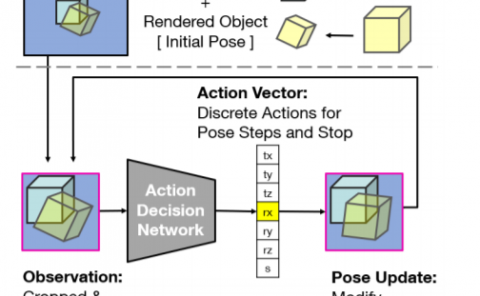Noninvasive Sensors for Brain–Machine Interfaces Based on Micropatterned Epitaxial Graphene
PubDate: March 2023
Teams: University of Technology Sydney
Writers: Shaikh Nayeem Faisal;Shaikh Nayeem Faisal, Tien-Thong Nguyen Do, Tasauf Torzo, Daniel Leong, Aiswarya Pradeepkumar, Chin-Teng Lin, and Francesca Iacopi*
PDF: Noninvasive Sensors for Brain–Machine Interfaces Based on Micropatterned Epitaxial Graphene

Abstract
The availability of accurate and reliable dry sensors for electroencephalography (EEG) is vital to enable large-scale deployment of brain–machine interfaces (BMIs). However, dry sensors invariably show poorer performance compared to the gold standard Ag/AgCl wet sensors. The loss of performance with dry sensors is even more evident when monitoring the signal from hairy and curved areas of the scalp, requiring the use of bulky and uncomfortable acicular sensors. This work demonstrates three-dimensional micropatterned sensors based on a subnanometer-thick epitaxial graphene for detecting the EEG signal from the challenging occipital region of the scalp. The occipital region, corresponding to the visual cortex of the brain, is key to the implementation of BMIs based on the common steady-state visually evoked potential paradigm. The patterned epitaxial graphene sensors show efficient on-skin contact with low impedance and can achieve comparable signal-to-noise ratios against wet sensors. Using these sensors, we have also demonstrated hands-free communication with a quadruped robot through brain activity.


